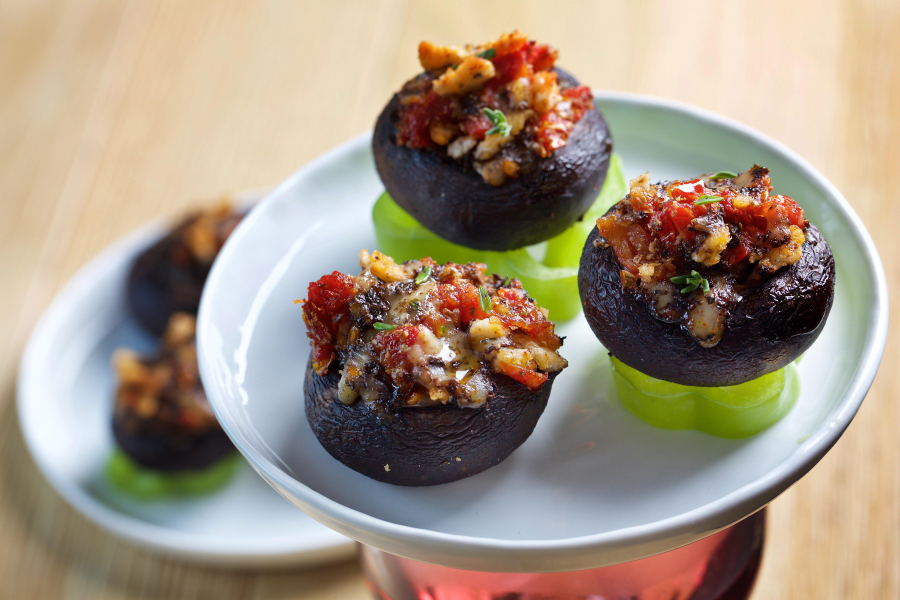A few weeks ago, Spain announced that its Ministry of Culture will seek protective status for tapas, its prized culinary ritual. This protection would come by way of UNESCO’s Intangible Cultural Heritage List, which aims to safeguard “traditions or living expressions” of cultural knowledge, practices and skills. Flamenco, for instance, is already listed. So is the violin making of Cremona, Italy; Chinese shadow puppetry; Estonian smoke saunas; Slovakian bagpipe culture; and the Mongolian coaxing ritual for camels.
Traditional foodways, to date, have made up only a small part of the UNESCO list: Croatian gingerbread, Armenian lavash bread, cuisine from the Mexican state of Michoac?n and the vaguely worded “gastronomic meal of the French” are all recognized. But more and more regions have pushed to list and protect their traditional foods. Naples, for instance, has been aggressively trying to add Neapolitan pizzamaking to the list.
“Tapas are the very model of food,” Rafael Ans?n, Royal Academy of Gastronomy president, told the Local, Spain’s largest English-language news network. Ans?n insisted that tapas are not a specific type of dish but a “way of eating” and a living cultural practice that deserves preservation.
Now, I’m all for safeguarding fragile practices and traditions, but this move by Spain sounded like a bad idea. Of all the world’s foods, tapas don’t seem as if they’d need protection. What makes tapas great and strong is that they are so open-source and open-ended, ready to be adapted by any culture.



